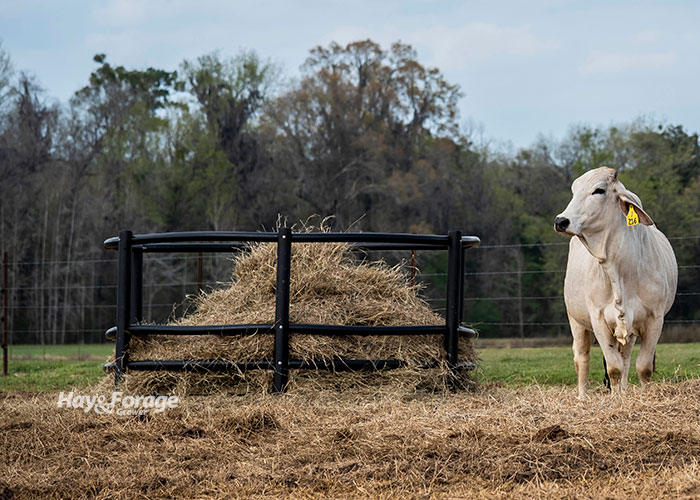
Hay inventories are dwindling across the country, but they are especially low in Texas. In fact, farmers in the Lone Star State are currently facing a historic hay shortage.
According to the Crop Production Annual Summary from the USDA, Texas was first in the nation for harvested hay acres in 2022 at 4.2 million acres, but this number dropped 25% from the previous year. Moreover, as of December 1, 2022, the year-over-year hay inventory in Texas fell 37.2%, which was the greatest decline of any other state.
On Texas Public Radio, Vanessa Corriher-Olson with Texas A&M University explained the driving factors of the forage shortage in her state are ongoing drought conditions and high fertilizer prices. She noted this combination kept some farmers from seeding winter annuals last fall, which may exacerbate hay inventory issues into 2023.
“What’s available to an individual rancher might be low in nutritive value or may not meet the needs of their livestock,” said the extension forage specialist. “A lot of folks are kind of scrambling to find hay or trying to look for an alternative to meet livestock needs at this point in the season.”
If producers opt to purchase hay, Corriher-Olson said they could be paying more than $100 per round bale. Although hay prices will vary throughout the state, they ultimately reflect the dry weather patterns and the rise in input costs.
Moving forward
Before forage production can return to normal levels and hay stocks can be replenished, fields must recover from the drought. Corriher-Olson stated this rate of recovery depends on how intensively the land was managed during the dry period and how much rainfall occurs in the coming months.
Drought recovery also depends on how well soil was fertilized last year despite the high input costs. Corriher-Olson recommended testing soil to determine what nutrients must be added to support perennial plant growth this spring.
“Rainfall will be important, but nutrients — nitrogen, phosphorus, and potassium — are going to be critical for recovery and production of those hay meadows,” Corriher-Olson advised.
Overall, Corriher-Olson assured listeners the current situation will likely not put farms and ranches out of business. Instead, she hopes these circumstances will encourage producers to reevaluate their production practices and make more mindful decisions regarding drought management and fertilization in the future.

Amber Friedrichsen served as the 2021 and 2022 Hay & Forage Grower summer editorial intern. She currently attends Iowa State University where she is majoring in agricultural communications and agronomy.

